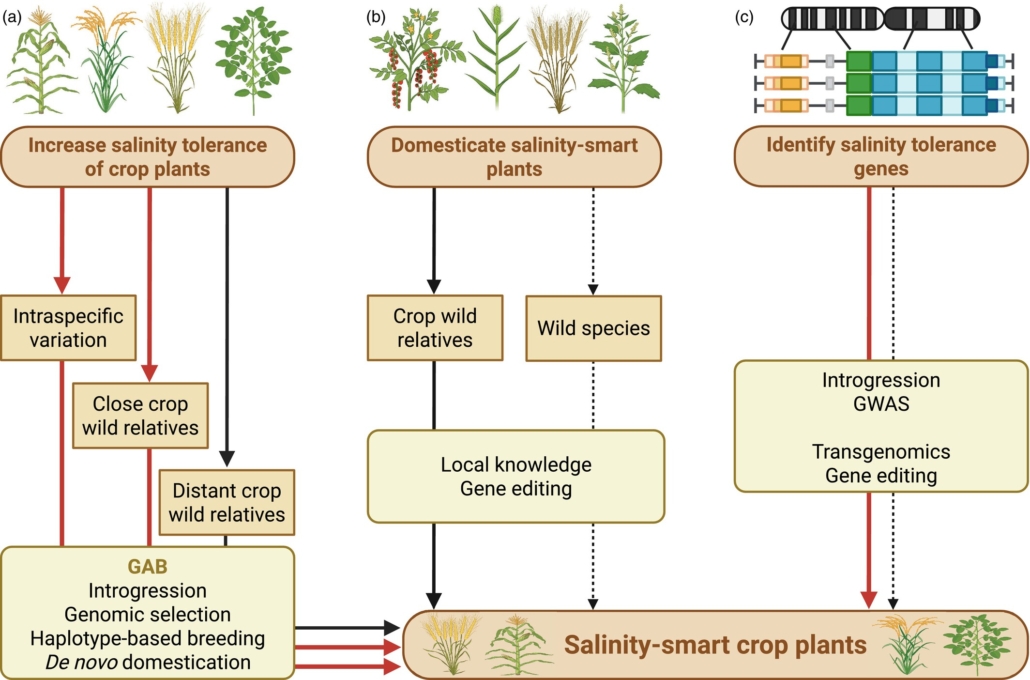
Review: Genomic tools and breeding tools to design salinity-smart food crops
Plant Science Research WeeklyMost food crops are relatively intolerant to soil salinity, yet globally soils are becoming increasingly salinized. This excellent review by Raza et al. pulls together the myriad approaches that are being used to develop salinity-smart crops. It starts with an overview of how soil salinity affects crops…

Review: Lost in translation – lessons from concepts that don’t translate from Arabidopsis
Plant Science Research WeeklyThe May 2025 issue of The Plant Cell has a focus on Arabidopsis and how this simple model plant has had an outsized impact on our understanding of pretty much everything botanical (and beyond). Alongside several articles highlighting this impact, this review by Roeder et al. features eight short vignettes…
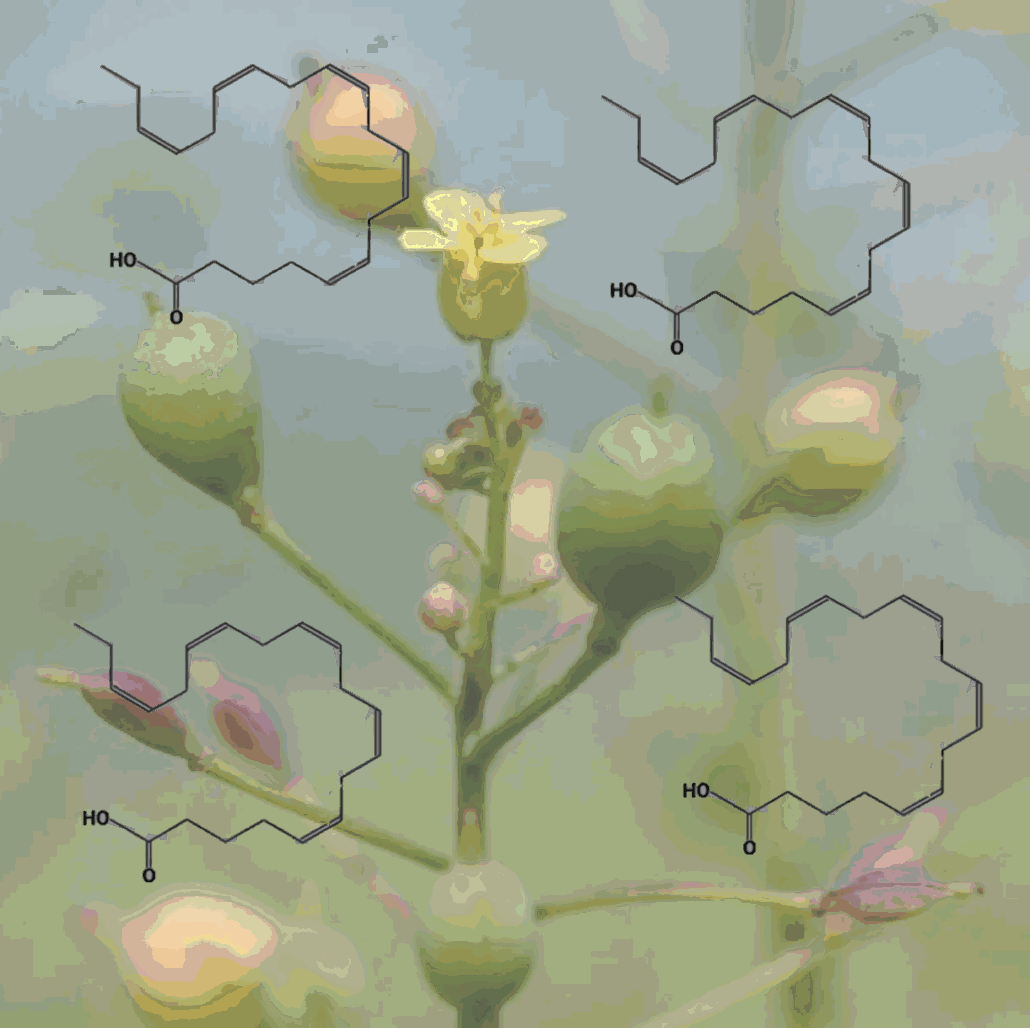
Update: How to eat an idea (and translate genes to products)
Plant Science Research WeeklyPlant biologists are critical players in the pursuit of crop enhancement and other real-world solutions to today’s pressing problems, yet few of us know how to translate our research into tangible economic or social benefits. This useful and engaging article by Jonathan Napier walks us through the…
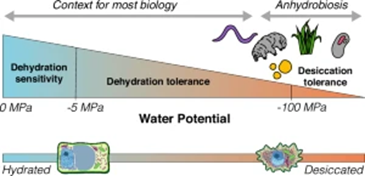
Perspective. The art of drying gracefully: The future for desiccation research
Plant Science Research WeeklyIn their perspective article, “Life on the dry side: a roadmap to understanding desiccation tolerance and accelerating translational applications,” Marks et al. outline the current state and future promise of desiccation tolerance research. They define desiccation tolerance as “the ability to dry…
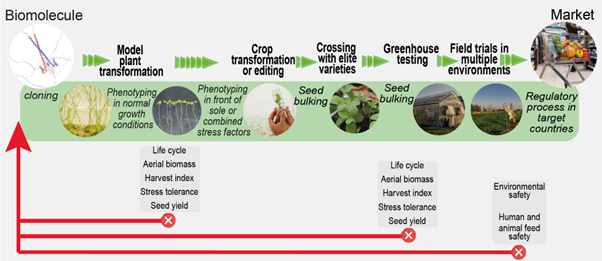
Review: Translating research from Arabidopsis to crops
Plant Science Research WeeklyThis year marks the 25th anniversary of the publication of the Arabidopsis genome, a milestone that lives large in those of us who experienced it and eagerly envisioned how this new knowledge would be used. The May 2025 issue of The Plant Cell focuses on how research on this little model plant has translated…
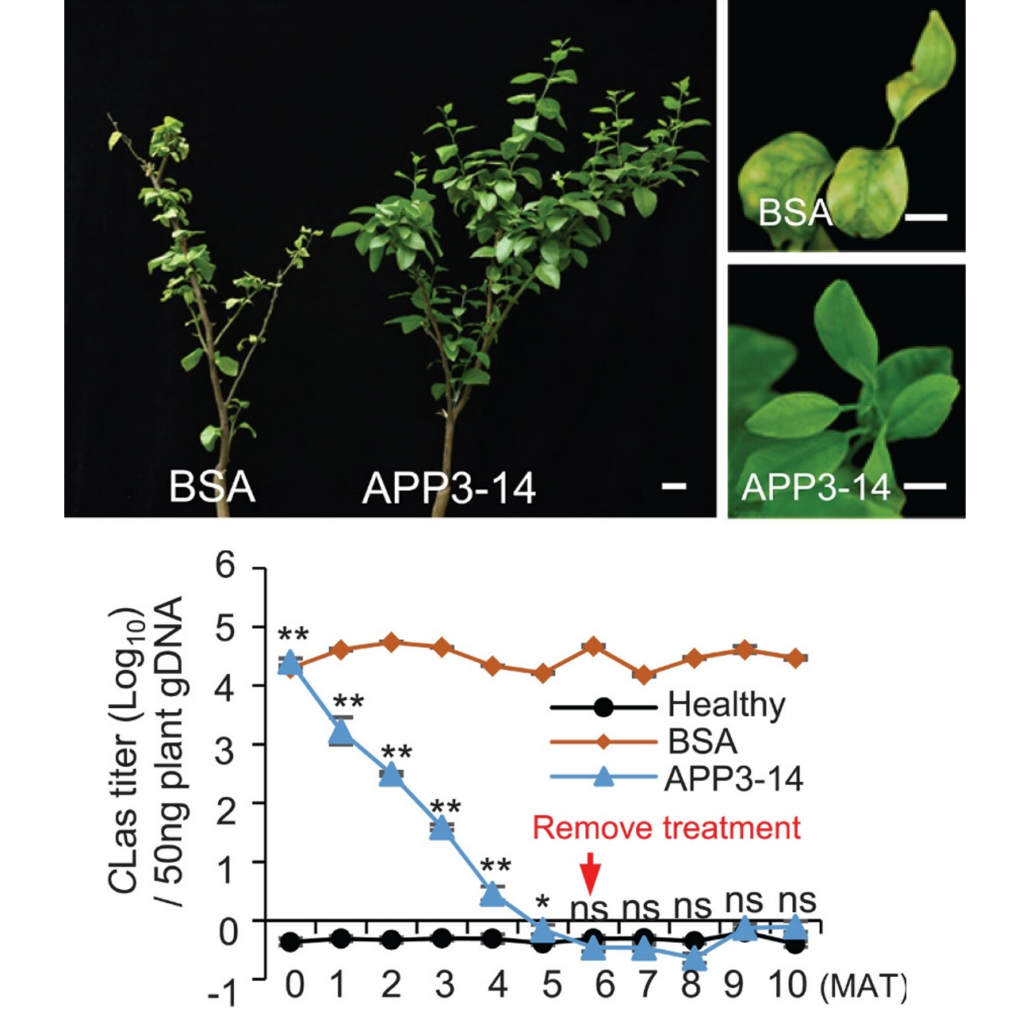
Stopping citrus greening with peptide therapy
Plant Science Research WeeklyCitrus greening disease (also known as Huanglongbing) has had a huge impact on citrus fruit production worldwide, with Florida particularly hard hit. The disease is caused by insect-vector-spread bacteria, including Candidatus Liberibacter asiaticus (CLas). There is some genetic variability in susceptibility,…

Review: Celebrating 150 years of Arabidopsis genetics
Plant Science Research WeeklyThe first known report of an Arabidopsis thaliana mutant appeared approximately 150 years ago (1873). In the intervening years, Arabidopsis has become an essential model for plant genetic research, driving groundbreaking discoveries across multiple disciplines. In a recent review, Yaschenko et al. provide…

Review: Bringing purple tomatoes to market
Plant Science Research WeeklyThis interesting article by Cathie Martin and Eugenio Butelli describes the process through which purple, anthocyanin-accumulating tomatoes were brought to the US market, from idea to business plan to regulatory status review and finally direct-to-consumer sales. Although these tomatoes have demonstrated…

Disrupting plant inositol pyrophosphates to mitigate P pollution
Plant Science Research WeeklyInositol pyrophosphates (PP-InsP) are plant signaling molecules that regulate phosphate homeostasis and related metabolic processes. But a global phosphate crisis, due to resource depletion and environmental pollution from excess phosphate, has raised the need for phosphate management. Freed et al. investigated…

